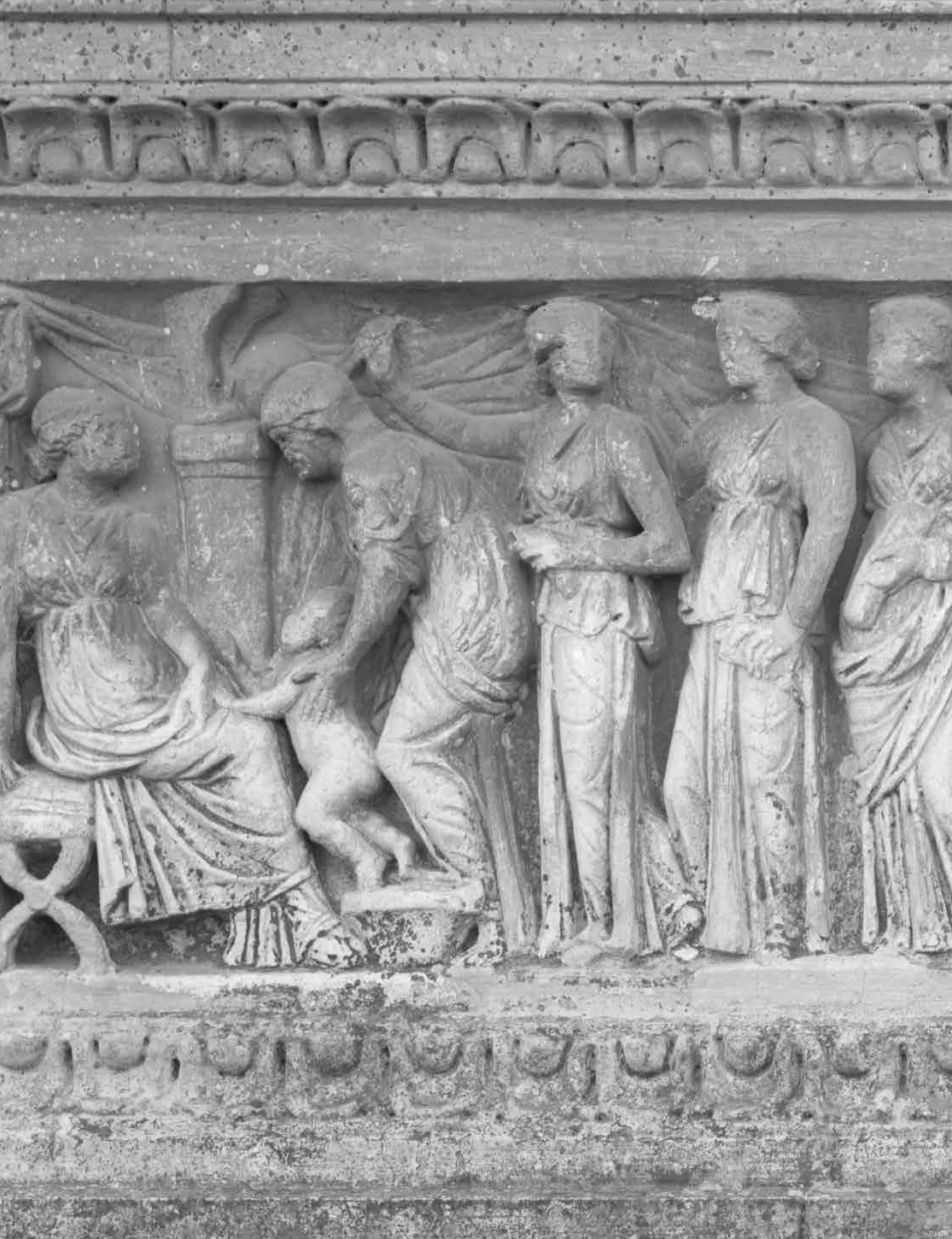

auratus have a more pointed snout, while the snout of C. auratus are differentiated from other Carassius species by several characteristics.

auratus that are native to Southern China. However, modern genetic sequencing has suggested otherwise, and that modern goldfish are domesticated varieties of C. Previously, the goldfish was believed to be either a subspecies of the crucian carp ( Carassius carassius), or of the Prussian carp ( Carassius gibelio). There has been considerable debate about the taxonomy of the goldfish. Goldfish were first introduced to North America around 1850 and quickly became popular in the United States. This tradition quickly died, as goldfish became more available, losing their status. It became a tradition for married men to give their wives a goldfish on their first anniversary, as a symbol for the prosperous years to come. ĭuring the 1620s, goldfish were highly regarded in southern Europe because of their metallic scales, and symbolized good luck and fortune. In 1611, goldfish were introduced to Portugal and from there to other parts of Europe. In 1603, goldfish were introduced to Japan. The first occurrence of fancy-tailed goldfish was recorded in the Ming Dynasty. ĭuring the Ming dynasty (1368–1644), goldfish also began to be raised indoors, which permitted selection for mutations that would not be able to survive in ponds. The occurrence of other colors (apart from red and gold) was first recorded in 1276. This is probably the reason why there are more orange goldfish than yellow goldfish, even though the latter are genetically easier to breed. By this time, people outside the imperial family were forbidden to keep goldfish of the gold (yellow) variety, yellow being the imperial color. In 1162, the empress of the Song Dynasty ordered the construction of a pond to collect the red and gold variety. īy the Song dynasty (AD 960–1279), the selective domestic breeding of goldfish was firmly established. On special occasions at which guests were expected, they would be moved to a much smaller container for display. People began to selectively breed the gold variety instead of the silver variety, keeping them in ponds or other bodies of water. A natural genetic mutation produced gold (actually yellowish orange) rather than silver coloration.

ĭuring the Tang dynasty (AD 618–907), it was popular to raise carp in ornamental ponds and water gardens. Some of these normally gray or silver species have a tendency to produce red, orange or yellow color mutations this was first recorded in imperial China, during the Jin dynasty (266–420). Various species of carp (collectively known as Asian carp) have been bred and reared as food fish for thousands of years in East Asia. Ryukin goldfish, Plate XIX in Goldfish and Their Culture in Japan, by Shinnosuke Matsubara Goldfish breeds vary greatly in size, body shape, fin configuration, and coloration (various combinations of white, yellow, orange, red, brown, and black are known). It was first selectively bred for color in imperial China more than 1,000 years ago, and several distinct breeds have since been developed. Native to East Asia, the goldfish is a relatively small member of the carp family (which also includes the Prussian carp and the crucian carp). Goldfish released into the wild have become an invasive pest in parts of North America. It is commonly kept as a pet in indoor aquariums, and is one of the most popular aquarium fish. The goldfish ( Carassius auratus) is a freshwater fish in the family Cyprinidae of order Cypriniformes.



 0 kommentar(er)
0 kommentar(er)
